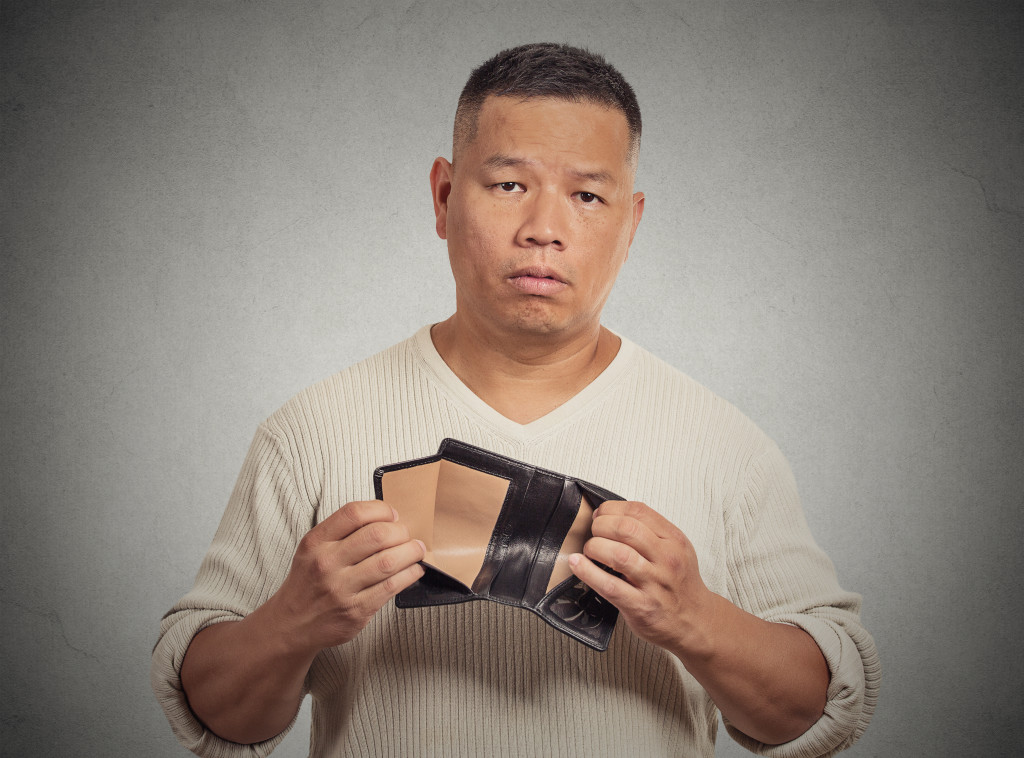The general health of Americans is becoming an increasingly important topic. According to the Centers for Disease Control and Prevention (CDC), more than one-third of American adults are obese, and nearly three out of 10 children and adolescents aged 2-19 are obese. In addition, the CDC reports that seven out of 10 American adults don’t get enough exercise.
Common diseases such as heart disease, stroke, cancer, and diabetes are heavily influenced by lifestyle choices. They are also the prime reasons why Americans find themselves inside hospitals. However, these diseases and the current physical health of Americans aren’t the only problems. Medical bills are becoming a severe problem in the country as well.
Medical Bills
A study found that medical bills cause 65% of bankruptcies in the United States. It’s pretty alarming since most Americans have some form of health insurance. However, the study also found that 78% of those who filed for bankruptcy due to medical debt had health insurance at the start of their treatment. So, what causes this discrepancy?
There are a few reasons why medical bills lead to bankruptcy, even when individuals have insurance. First, deductibles have been on the rise in recent years. In 2009, the average deductible was $1,000. By 2016, it had risen to $1,500. That’s a 50% increase in just seven years.
High deductibles force patients to pay a more significant portion of their medical bills. This is a problem because, as we mentioned, medical bills are already quite expensive. According to the National Health Expenditure Data, Americans spent $3.5 trillion on healthcare in 2017. That’s $10,739 per person.
Medical debt can also lead to bankruptcy because of surprise billing. This occurs when you receive a bill for services you thought were covered by your insurance. For example, you may go to an in-network hospital for a procedure but be seen by an out-of-network doctor. You would then be responsible for the difference between what your insurance pays and what the doctor charges.
Lastly, job loss can also lead to medical debt and bankruptcy. If you lose your job, you may lose your health insurance. This can be a significant problem if you have a chronic illness or get injured. Without insurance, you would be responsible for the entire cost of your care.
It’s also important to note that the pandemic has led to increased medical debt and bankruptcies. Many people have lost their jobs or had their hours reduced. Many people also lose their health insurance because of this, and those who are still employed are often working from home and not going to the doctor as much. This means they’re less likely to catch problems early when they’re usually cheaper to treat.

How You Can Avoid Medical Debt and Bankruptcy
There are a few things that you can do to avoid falling into medical debt and bankruptcy.
First, make sure you have health insurance. This will help you pay for most of your medical bills. If you’re young and healthy, you may want to consider a high-deductible plan. These plans have lower premiums but higher deductibles. This means that you would pay more out-of-pocket if you need to use your insurance.
You can also try to negotiate your medical bills. This is especially true if you don’t have insurance. Many hospitals are willing to work with patients who can’t pay their bills in full. They may be able to set up a payment plan or give you a discount.
Additionally, you can use a credit card with a 0% introductory APR to pay your medical bills. This will allow you to finance your debt interest-free for a while. Make sure that you pay off the balance before the intro period ends.
If you can’t avoid the problem entirely and need an injection of cash, look back into your loans. For example, if you have paid more than half of your mortgage, you can ask your mortgage lender for refinancing. Refinancing can give you access to the equity in your home and help you pay off some of your debts.
A reverse mortgage can also help. A reverse mortgage is a type of loan that allows seniors to tap into their home equity. The loan doesn’t have to be repaid until the borrower dies or moves out of the house.
Lastly, you can try to raise money to pay your medical bills. You can ask family and friends for help or set up a crowdfunding campaign.
Bankruptcy should always be your last resort. Remember that it will damage your credit and make it difficult to borrow money in the future. It will also stay on your credit report for up to 10 years. But then again, bankruptcy is better than facing years of debt that you can’t repay.
Medical bills are one of the leading causes of bankruptcy in the United States. In this article, we’ve outlined some of the main reasons people fall into medical debt and what you can do to avoid it. We’ve also provided a few tips on how to get out of medical debt if you find yourself in a difficult situation. Of course, bankruptcy should always be your last resort, but it’s better than facing years of unmanageable debt.